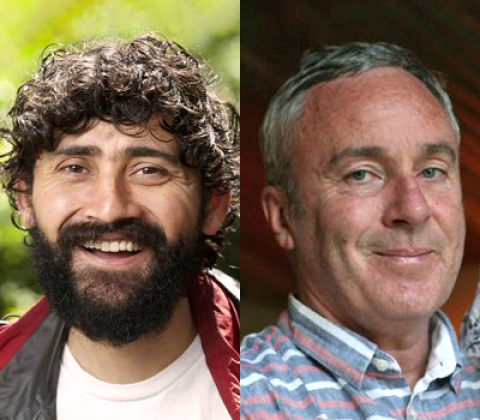Interdisciplinary Initiatives Program Round 11 - 2022
Project Investigators:
Manu Prakash, Bioengineering
Christopher Lowe, Biology
Abstract:
Our oceans represent the largest habitable ecosystem on the planet (70% of earth is covered with water) and thus harbor molecular, cellular and organismic diversity we know very little about. In striking contrast to this aquatic world, our own perception is grounded in a terrestrial landscape which reflects much of what we have uncovered so far in how animals navigate in a two-dimensional world. Furthermore, 50% of all animal species actually exhibit a biphasic life-style (larvae and adult forms) with dramatic transitions in neuronal structures and corresponding behavior between the two life stages. Larvae develop a distinct simple but transitory nervous system which is lost during metamorphosis, when the nervous system and body plan is largely restructured. Though this developmental life history strategy is pervasive in the ocean, we understand very little about the function of larval nervous systems as the majority of our understanding of neurobiology comes from the detailed study of adult animals.
By bringing together insights from marine ecology, functional genomics and a unique technological leap that brings an unbounded ocean to a “table-top” – here we propose to unravel design principles of how simple ring-like neuronal networks control swimming ciliary bands – in a remarkable organism Patiria miniata – commonly referred to as bat stars.



